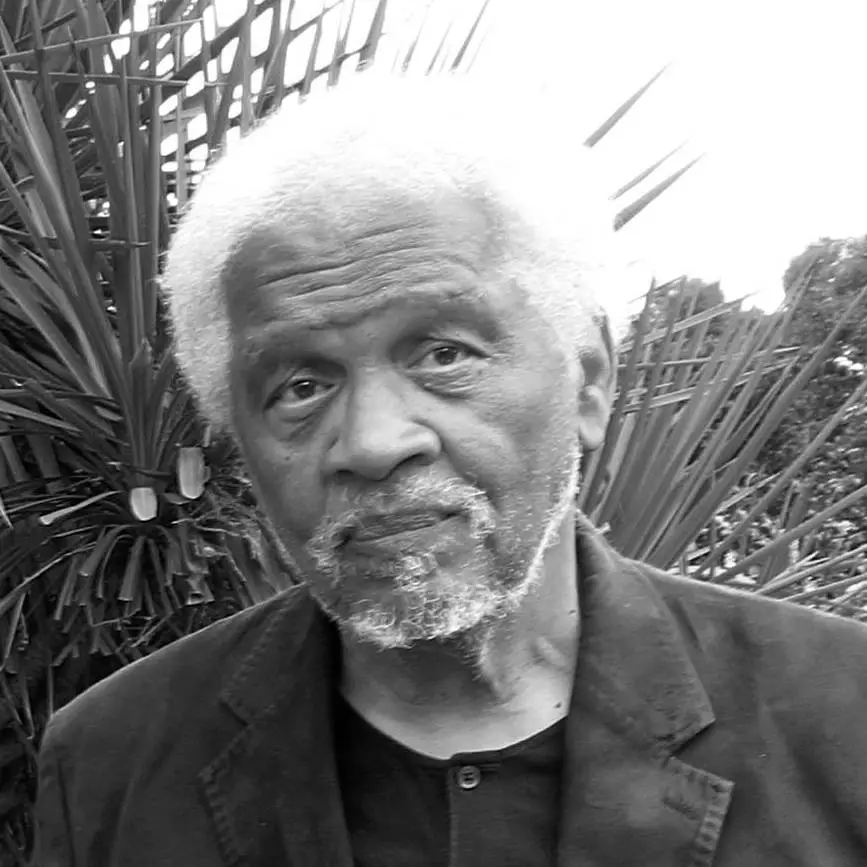Many books, especially those written by the undisputed greats in the literary world, often take some time to fully flower to their true potential. Sometimes it takes years or even decades after the author has died for their fanbase to explode and flourish in a way that, in some accounts, may have given the author a better standing in their own life.
It is of some comfort to these lost artists that their artwork lives on despite them, that their creative efforts bring forth an everlasting curiosity into the worlds and characters they create, so that future generations, far removed from the eras of the authors, could enjoy their books for many years to come.
Here are a few of the most overlooked books that we consider to be ahead of their time.
1. A Clockwork Orange by Anthony Burgess

Despite making a cult movie about its contents, A Clockwork Orange was not widely known when it came out. Part of this is due to Burgess’ creation of a colorful dialectical slang known as Nadsat, which takes its name from the Russian suffix for “-teen.” Today, it is considered one of the most influential dystopian novels of its time.
Surrounding the crimes and other antics of a young anti-hero Alex, A Clockwork Orange served as a fascinating tableau touching on pressing topics of the day such as criminal rehabilitation and youthful debauchery. With a happy ending for the juvenile delinquent character Alex, it more than lives up to its reputation as one of the “bad guys finish last” type novels to come out of the 20th century.
2. The Heart is a Lonely Hunter by Carson McCullers
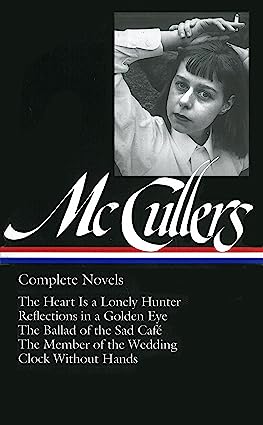
Carson McCullers is often an overlooked artist in her own right. Despite helping fellow author Truman Capote find a publisher for his book listed here at number 7, she never reached the same success he or Harper Lee made in their lifetimes, and as such many of her incredibly rich and profound books have been yet undiscovered by even the most voracious readers.
In a truly Southern gothic setting, the book follows the exploits of two deaf-mutes named John Singer and Spiros Antonapoulos, who have lived together in harmony and mutual friendship for several years when the book opens. However, suddenly Antonapoulos becomes mentally ill to the point of causing scuffles with the law, and despite his friend Singer trying to pull him back on the straight and narrow, they are eventually separated when Antonapoulos is sent to an insane asylum. Singer moves out of the room he shared with his old friend and meets a slew of new people: Mick Kelly, a tomboy who loves to play the piano and dreams of buying one for herself, Jake Blount, an alcoholic Marxist and labor agitator, Biff Bannon, the owner of the local diner, and Dr. Benedict Mady Copeland, an altruistic physician. McCullers’ words wrap around you like a sieve and leave you wanting to learn more as you read through this fascinating slice-of-life style book.
3. A Confederacy of Dunces by John Kennedy Toole
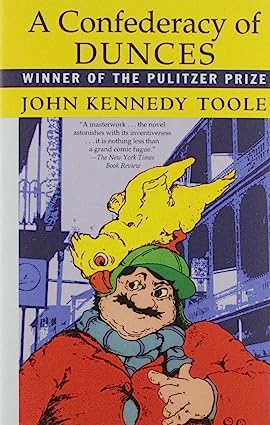
A Confederacy of Dunces is a book that needs to be read to be believed, at least as much as you can believe a professed work of picaresque fiction. It deserves mentioning in this list because it was released posthumously, 11 years after author John Kennedy Toole’s suicide, so there was no way he himself could have anticipated the hype that would eventually grow around his published debut novel, which was released by his mother Thelma.
The novel details the exploits of Ignatius Jacques Reilly, an overweight, almost detrimentally intelligent, and chronically unemployed individual with a taste for a rather eccentric form of dress, often seen wearing a deerstalker. A complete misanthrope, he detests his hometown of New Orleans and everyone and everything that makes it up. He consistently beleaguers his mother, who must deal with the legal aftermath of many of his misadventures. The few jobs and opportunities he involves himself in escalate the comical, farcical insanity of the whole book, leading to more and more problems until the book resolves itself for Ignatius in an interesting way. For all intents and purposes, A Confederacy of Dunces would have done well as a first book in a two- or three-part series, but unfortunately due to the fate of the author it was perhaps never meant to be.
4. On the Road by Jack Kerouac
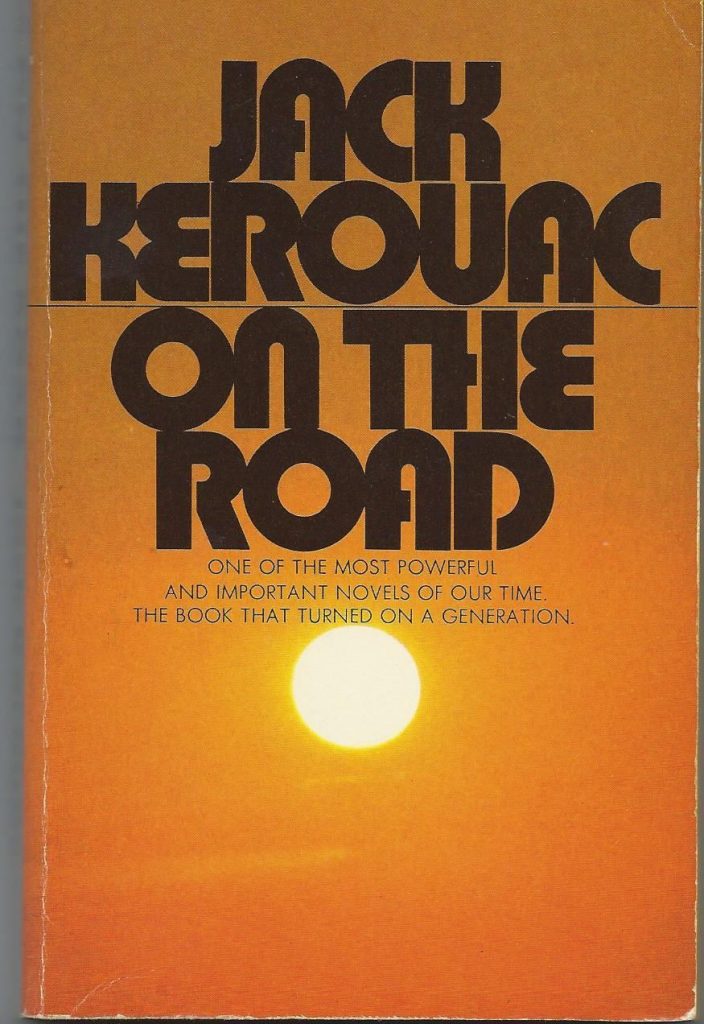
Jack Kerouac is one of the most important names of the 1940’s Beat Generation, with his eclectic style of writing, almost bordering on photojournalistic, succinctly and poetically capturing the energetic fervor of the decade. In 1957, he wrote out On the Road on several tracing paper sheets meticulously cut to size and taped together, which he called “the scroll.”
Following the adventures of its protagonists, Sal Paradise and his friend Dean Moriarty, the novel is split into five parts about their various activities and experiences throughout the novel. Written in Kerouac’s stylized run-on he called “spontaneous prose,” the novel creeps around the writer’s subconscious in a way that is both disorienting at some points and harmonious in others, almost like a work of freeform music.
5. Howl and Other Poems by Allen Ginsberg
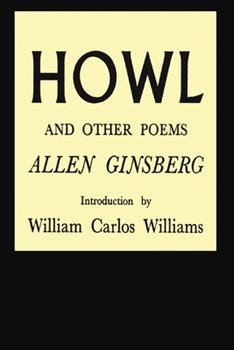
Allen Ginsberg was another prominent member of the poetic intellectuals of the Beat Generation, and his poems have been heard and read all over the world since his initial popularity in the middle to second half of the 20th century. Ginsberg has always had an almost preternatural way of harnessing youthful outrage as it would come and be felt across generations and put it to paper early enough on that any student with any vim and vigor in their hearts would find it idealistic and highly relatable.
The book of poems’ namesake, Howl, is possibly one of Ginsberg’s best and most well-loved poems, from its opening lines “I saw the best minds of my generation destroyed by madness, starving hysterical naked,” to the ending lines “I’m with you in Rockland, in my dreams you walk dripping from a sea-journey on the highway across America in tears in tears to the door of my cottage in the Western night.” It is by far one of the most lyrical and haunting poems of the 20th century. Included also in the poetic tome is A Supermarket in California, Transcription of Organ Music, America, Sunflower Sutra, and In the Baggage Room at Greyhound.
6. Other Voices, Other Rooms by Truman Capote
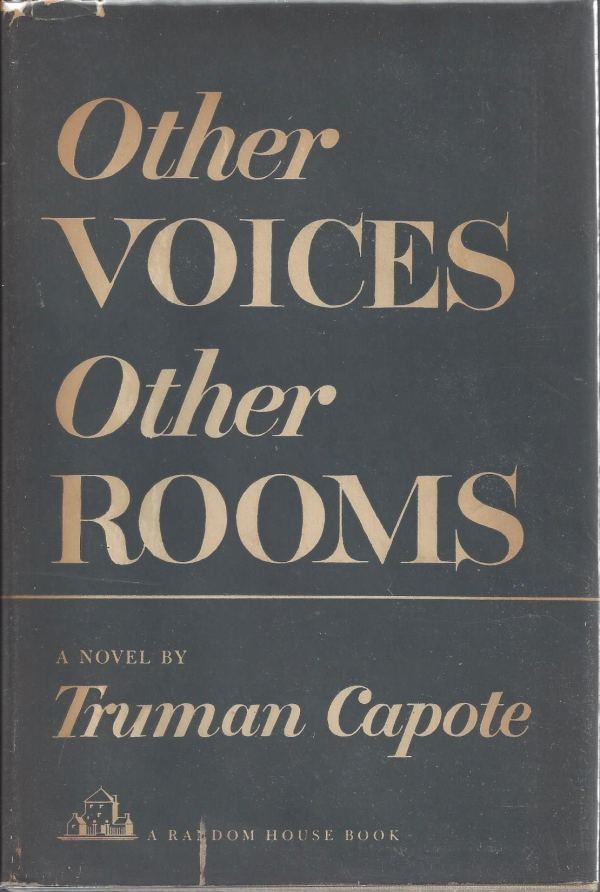
Other Voices, Other Rooms was only Capote’s second masterwork, assisted in publication by Carson McCullers and preceded by his debut short story in the magazine Mademoiselle, Miriam. Although written as a piece of traditional Southern Gothic fiction, it served as an almost autobiographical window into the world of what we could only assume was what life could have been like for the author when he was young.
Written from the perspective of the 13-year-old protagonist Joel Harrison Knox, an effeminate young boy reeling from the death of his mother, he goes to live with his estranged father whom he had never met due to his leaving soon after Joel’s birth. His new home is Skully’s Landing on the outskirts of Mississippi, and the new cast of characters, family and otherwise, give him new life in this strange new world of his. He meets his stepmother, a grim woman named Amy, her gay cousin Randolph, a tomboy named Idabel (which could have easily been an author surrogate for Harper Lee, as Joel could be one for Truman) and two Black caretakers at Skully’s Landing named Jesus and Zoo. He also mentions this “queer lady” at the top of the landing with “fat dribbling curls” who watches him occasionally, with further speculation by readers that it might well be the homosexual cousin in drag or otherwise wearing an old Mardi Gras costume. Written in a deliciously isolationist fashion, Joel’s experiences will leave a haunting imprint on the reader, becoming one of those novels that haunts you hours and days after reading.
7. At Swim-Two-Birds by Flann O’Brien
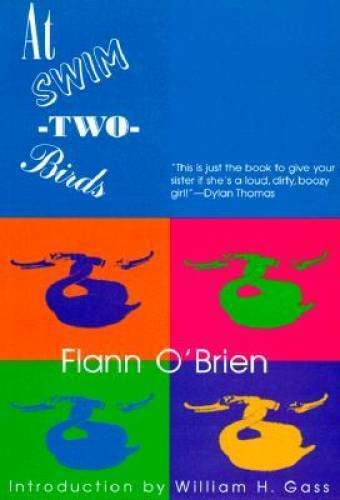
At Swim-Two-Birds is a fantastic work of esoteric fiction written by one of the most underrated Irish authors out there, Brian O’Nolan (credited under his pseudonym, Flann O’Brien.) It makes this list for the fact that it wasn’t fully understood when it came out, but it served to be one of the best works of metafiction of the early 20th century.
The book starts with an unnamed Irish writing student, who believes that “one beginning and one ending for a book was a thing I did not agree with,” so he decided to write three different openings to different stories. One revolves around the exploits of the Pooka MacPhellimey, “a member of the devil class.” The second revolves around a character named John Furriskey, himself a creation of another of the student’s fictional characters, Dermot Trellis, a disgruntled and disenthused Western writer. The third story is based on Irish legend adaptations of Finn Mac Cool and Mad King Sweeney. There is a fourth story, of course, detailing the unnamed student’s exploits as a literary student and his general life and livelihood therein. Over the course of the story, the characters from the other stories begin to develop lives of their own and quarrel with the characters from the other stories, almost leading to Trellis’ torture and execution before he is saved by an unlikely hero: the student himself.
8. Their Eyes Were Watching God by Zora Neale Hurston
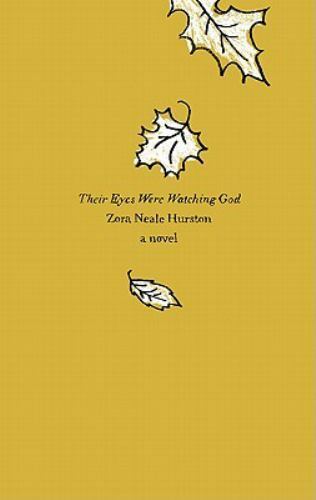
Considered one of the best and most prolific Black female writers of the Harlem Renaissance, Their Eyes Were Watching God would not be as universally loved and studied as it would be in future years following its release. TIME magazine even included the book on its list of the 100 best English language novels published since 1923.
Utilizing breathtakingly beautiful prose, Hurston details the experiences of one Janie Crawford, a Black American woman in her forties who comes back to her hometown after a year-long absence to visit her friend Pheoby. Beginning with her sexual awakening as a child, she kissed a local boy named Johnny Taylor, which was witnessed by her grandmother Nanny, an old and traumatized freed slave who gave birth to a mixed-race baby named Leafy, conceived when her white enslaver raped her. Nanny decides to have Janie marry a local old farmer named Killicks, but Killicks does not love Janie and declines. When Janie tells Nanny of her desire for love, Nanny accuses Janie of being spoiled, before succumbing to an eventual death. The rest of the novel follows Janie as she goes through a tailspin following her grandmother’s death, following several lovers through ill-fated quests in her own quest to find and be at peace with herself.
9. Mumbo Jumbo by Ishmael Reed
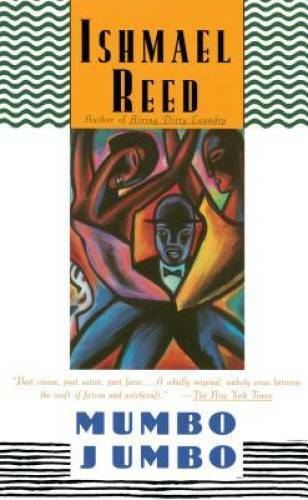
Despite not many people having read this fascinating piece of satirical fiction, Mumbo Jumbo has remained one of the most translated and speculated artistic works by the great Ishmael Reed, a man known for his satires and biting commentary even up to today, with his Haunting of Lin Manuel Miranda, a critical examination of the playwright’s intent behind writing the musical Hamilton.
The book opens in 1920s NYC with the Harlem houngan known as PaPa LaBas as well as his associate Black Herman discussing the Wallflower Order, an international conspiracy bent on monotheistic control, as well as the “Jes Grew” which that encapsulates the sins of ragtime, jazz and general debauchery. The virus is said to be spread by several Black local artists (known as Jes Grew carriers) and the Wallflower Order is rumored to be a Knights Templar front with the main goal of eradicating the dance crazes of the time. Several important events are lampooned here, including the United States’ occupation of Haiti, the whites’ attempt to eradicate jazz, and the common belief that President Warren Harding was Black. There are characters that resemble both in dialogue and action to W. E. B. DuBois and Malcolm X, as well as dancer Irene Castle and Harlem renaissance writers such as James Weldon Johnson and Wallace Thurman. In addition to these author avatars of famous people, Reed also introduces through the character of PaPa LaBas an alternative history of The Bible, using the stories of Set, Osiris and Moses to create a fascinating retelling of famous stories. Written in a lyrical jazz style of prose, Ishmael Reed creates a timeless fictional retelling of the Harlem Renaissance through his own cast of characters and fantastical storytelling.
All of these books are worth a read, especially if you’ve never heard of the stories/poems or authors/poets before. With special mention to Carson McCullers and Ishmael Reed in particular, these artists are more than worth a read and an introduction into their vast works of art as they provide insight into the times and locale of the places and times they were written in.
These books prove that, without a doubt, if a work of art by anyone doesn’t get the recognition they feel it deserves, sometimes all that takes for it to be discovered is time and patience, a good agent, a good publishing company, and a dedicated squadron of future readers.
If you’re a writer, keep producing and keep sending your work to publishers–you never know what will be your landmark work!

